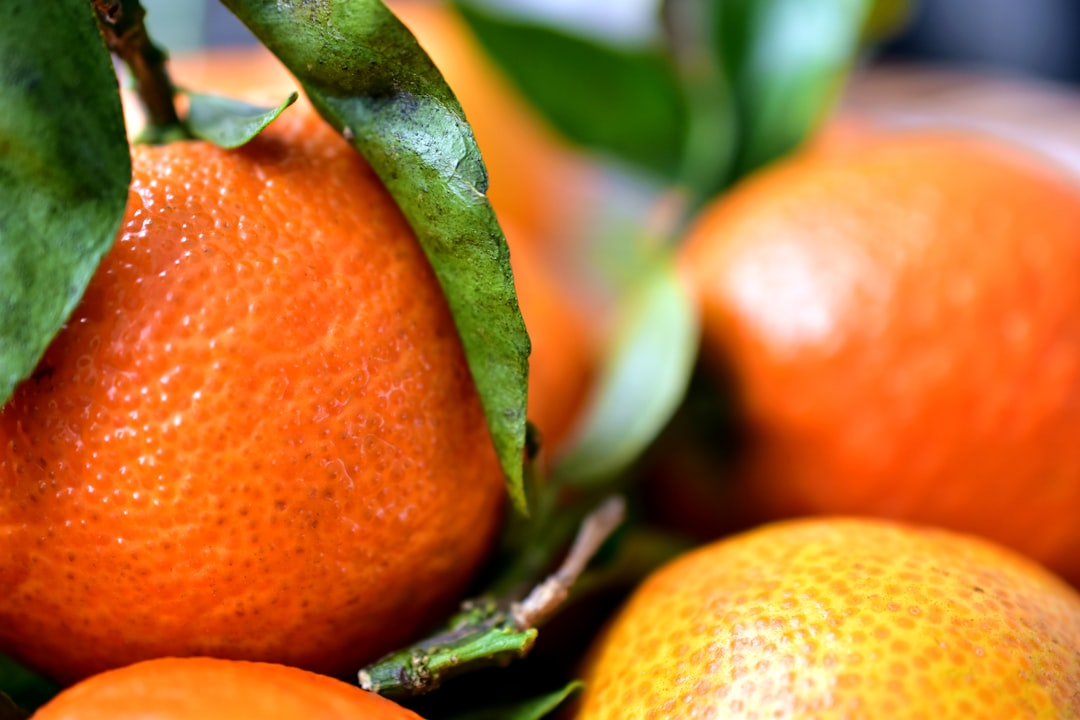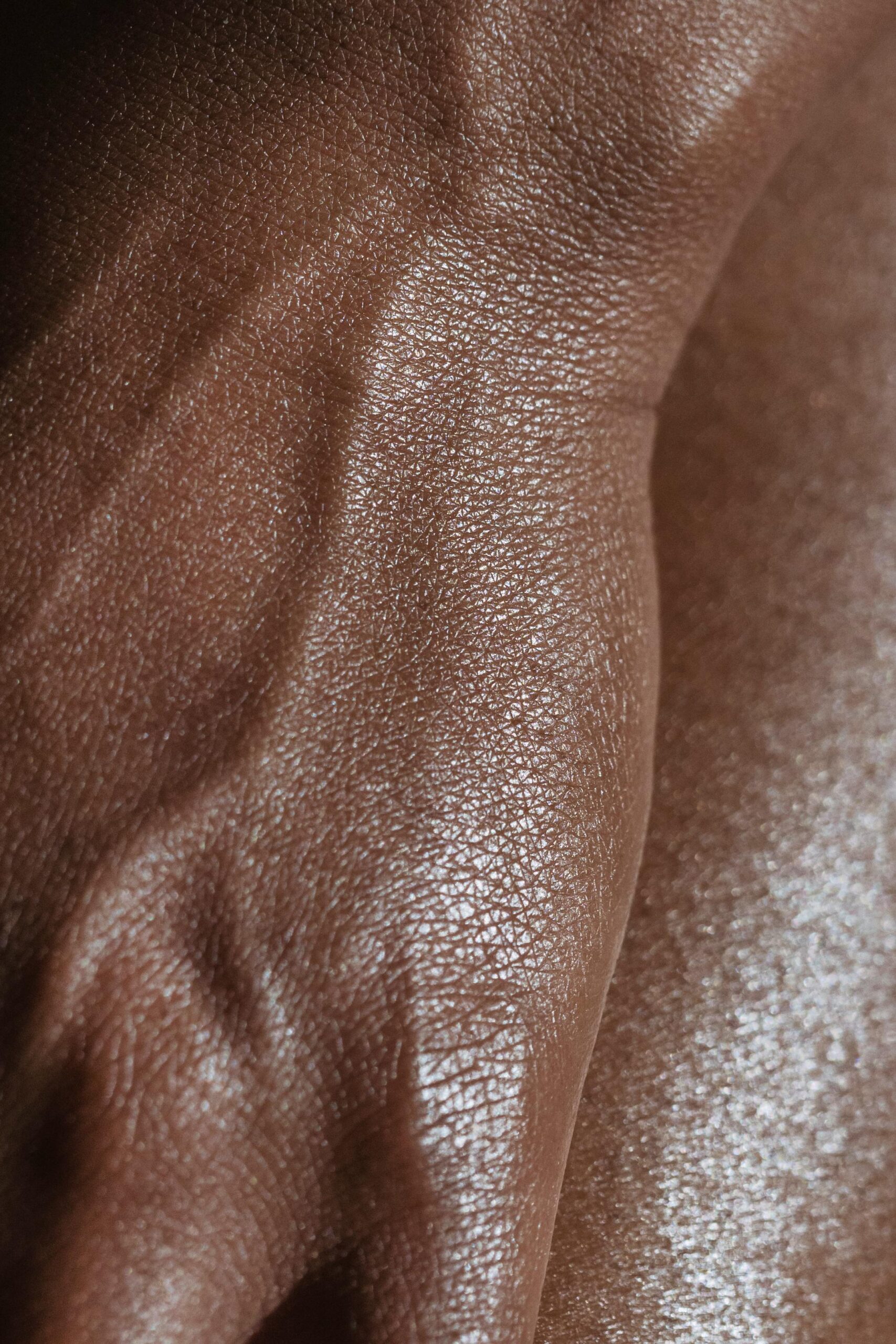Exfoliation is a crucial step in any skincare routine as it helps to remove dead skin cells from the surface of the skin. This process not only helps to reveal a smoother and brighter complexion but also allows for better absorption of skincare products. By removing the build-up of dead skin cells, exfoliation can also help to prevent clogged pores, acne, and ingrown hairs. Additionally, regular exfoliation can stimulate cell turnover, which can lead to a more youthful and radiant appearance. Overall, exfoliation is essential for maintaining healthy and glowing skin.
Exfoliation is particularly important for those with oily or acne-prone skin as it can help to unclog pores and prevent breakouts. However, it is important to note that exfoliation should be done gently and not too frequently, as over-exfoliating can lead to irritation and damage to the skin’s barrier. It is also important to choose the right type of exfoliant for your skin type and to follow up with a good moisturiser to keep the skin hydrated and protected.
Summary
- Exfoliation is important for removing dead skin cells and promoting cell turnover, resulting in smoother and brighter skin.
- There are different types of exfoliants, including physical exfoliants (scrubs), chemical exfoliants (AHAs, BHAs), and enzymatic exfoliants (papaya, pineapple).
- The best techniques for exfoliating include gentle circular motions for physical exfoliants and applying chemical exfoliants with a cotton pad or fingertips.
- How often you should exfoliate depends on your skin type, but generally 1-3 times a week is recommended for most people.
- Different skin types require different exfoliation approaches, with oily skin benefiting from more frequent exfoliation and sensitive skin requiring gentler exfoliants.
- Common exfoliation mistakes to avoid include over-exfoliating, using harsh exfoliants, and neglecting to moisturise afterwards.
- Incorporate exfoliation into your skincare routine by choosing the right exfoliant for your skin type and using it consistently, followed by moisturising and sun protection.
Different Types of Exfoliants
There are two main types of exfoliants: physical and chemical. Physical exfoliants, also known as mechanical exfoliants, work by physically scrubbing away dead skin cells using abrasive particles or tools. These can include scrubs, brushes, sponges, or even microdermabrasion treatments. Chemical exfoliants, on the other hand, use acids or enzymes to dissolve the bonds between dead skin cells, allowing them to be easily sloughed off. Common chemical exfoliants include alpha hydroxy acids (AHAs) such as glycolic acid and lactic acid, as well as beta hydroxy acids (BHAs) like salicylic acid.
Physical exfoliants are best suited for those with normal to oily skin, as they can be too harsh for sensitive or acne-prone skin. Chemical exfoliants, on the other hand, are generally gentler and can be used on a wider range of skin types, including sensitive and acne-prone skin. It is important to choose the right exfoliant for your skin type and to use it in moderation to avoid over-exfoliating.
The Best Techniques for Exfoliating
When it comes to exfoliating, it is important to use gentle and circular motions to avoid causing irritation or damage to the skin. For physical exfoliants, such as scrubs or brushes, it is best to use light pressure and to avoid scrubbing too vigorously. When using chemical exfoliants, it is important to follow the instructions carefully and to start with a lower concentration to avoid irritation. It is also important to avoid using exfoliants on areas of the skin that are already irritated or inflamed.
For those with sensitive skin, it may be best to opt for a gentler exfoliation method, such as using a soft washcloth or a konjac sponge. These tools can help to gently remove dead skin cells without causing irritation. It is also important to follow up with a good moisturiser after exfoliating to keep the skin hydrated and protected.
How Often Should You Exfoliate?
The frequency of exfoliation depends on your skin type and the type of exfoliant you are using. For those with normal to oily skin, exfoliating 2-3 times a week may be suitable. However, for those with sensitive or dry skin, it may be best to exfoliate less frequently, such as once a week or even once every two weeks. It is important to pay attention to how your skin responds to exfoliation and to adjust the frequency accordingly.
It is also important to consider other factors that may affect how often you should exfoliate, such as the climate and the use of other skincare products. For example, in hot and humid climates, you may need to exfoliate more frequently to prevent clogged pores, whereas in colder and drier climates, you may need to exfoliate less often to avoid over-drying the skin.
Exfoliation for Different Skin Types
Different skin types require different approaches to exfoliation. For those with oily or acne-prone skin, it may be best to opt for chemical exfoliants that can penetrate deep into the pores and help to unclog them. AHAs like glycolic acid can help to remove dead skin cells and excess oil from the surface of the skin, while BHAs like salicylic acid can penetrate into the pores and help to dissolve oil and debris.
For those with sensitive or dry skin, it is important to choose a gentler exfoliant and to use it less frequently. This may include using a mild scrub or a gentle chemical exfoliant with a lower concentration. It is also important to follow up with a good moisturiser to keep the skin hydrated and protected.
Avoiding Common Exfoliation Mistakes
One common mistake when it comes to exfoliation is over-exfoliating. This can lead to irritation, redness, and damage to the skin’s barrier. It is important to pay attention to how your skin responds to exfoliation and to adjust the frequency and intensity accordingly. Another common mistake is using the wrong type of exfoliant for your skin type. It is important to choose an exfoliant that is suitable for your skin type and to use it in moderation.
It is also important to avoid using harsh physical exfoliants, such as scrubs with large abrasive particles, as these can cause micro-tears in the skin and lead to irritation. Instead, opt for gentler physical exfoliants or chemical exfoliants that are suitable for your skin type.
Incorporating Exfoliation into Your Skincare Routine
Exfoliation should be incorporated into your skincare routine after cleansing and before applying any serums or moisturisers. This allows for better absorption of skincare products and can help to enhance their effectiveness. It is important to follow up with a good moisturiser after exfoliating to keep the skin hydrated and protected.
It is also important to pay attention to how your skin responds to exfoliation and to adjust your routine accordingly. If you notice any signs of irritation or sensitivity, it may be best to reduce the frequency or intensity of exfoliation. Overall, incorporating exfoliation into your skincare routine can help to maintain healthy and glowing skin.
In conclusion, exfoliation is an essential step in any skincare routine as it helps to remove dead skin cells, prevent clogged pores, and stimulate cell turnover. There are different types of exfoliants, including physical and chemical, which are suitable for different skin types. The best techniques for exfoliating involve using gentle motions and following up with a good moisturiser. The frequency of exfoliation depends on your skin type and other factors such as climate and skincare products used. It is important to avoid common exfoliation mistakes such as over-exfoliating and using the wrong type of exfoliant for your skin type. By incorporating exfoliation into your skincare routine, you can maintain healthy and glowing skin for years to come.
FAQs
What is exfoliation?
Exfoliation is the process of removing dead skin cells from the surface of the skin to reveal a smoother, brighter complexion. This can be done using physical exfoliants, such as scrubs, or chemical exfoliants, such as alpha hydroxy acids (AHAs) or beta hydroxy acids (BHAs).
Why is exfoliation important for skin health?
Exfoliation is important for skin health because it helps to unclog pores, prevent breakouts, and improve the skin’s texture and tone. It also allows for better absorption of skincare products, such as moisturisers and serums.
How often should I exfoliate?
The frequency of exfoliation depends on your skin type. Those with oily or acne-prone skin may benefit from exfoliating 2-3 times per week, while those with sensitive or dry skin may only need to exfoliate once a week.
What are the different types of exfoliants?
There are two main types of exfoliants: physical and chemical. Physical exfoliants use abrasive particles to physically scrub away dead skin cells, while chemical exfoliants use acids to dissolve the bonds between skin cells.
Can exfoliation damage the skin?
Over-exfoliation or using harsh exfoliants can damage the skin, leading to irritation, redness, and even micro-tears in the skin’s surface. It’s important to choose gentle exfoliants and not to exfoliate too frequently.
What are some gentle exfoliation methods?
Gentle exfoliation methods include using a soft washcloth, a konjac sponge, or a mild chemical exfoliant with a low concentration of AHAs or BHAs. These methods can help to buff away dullness without causing damage to the skin.




